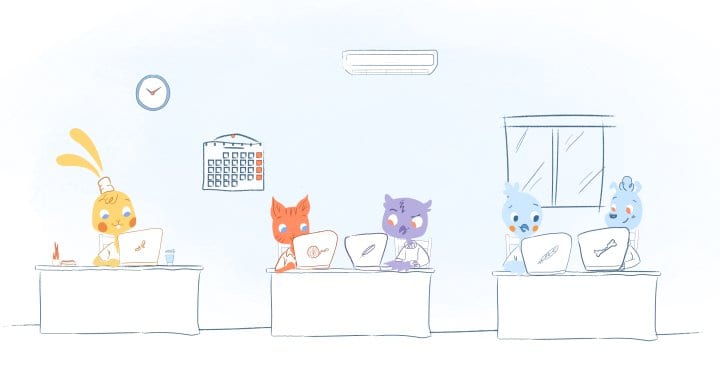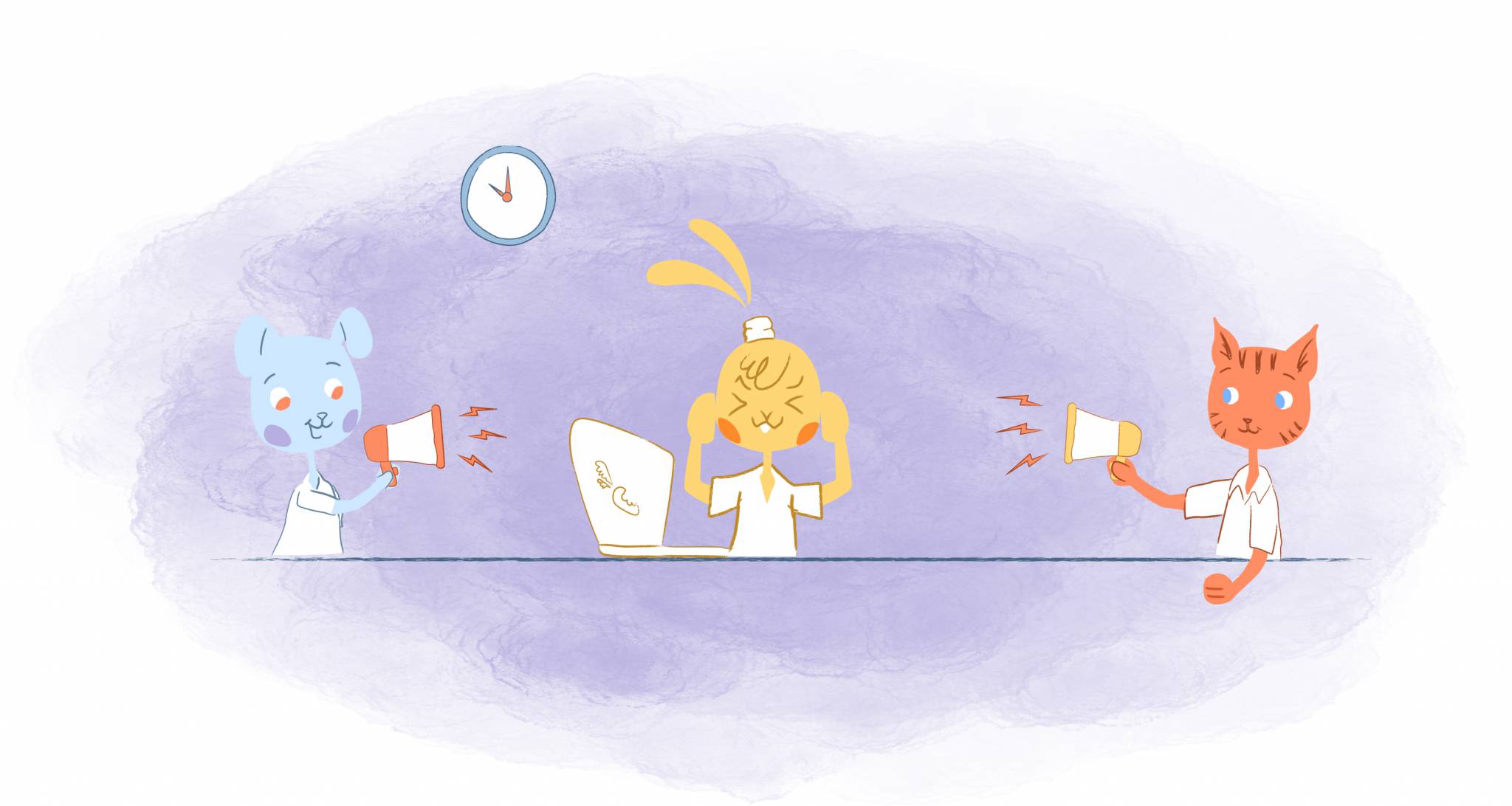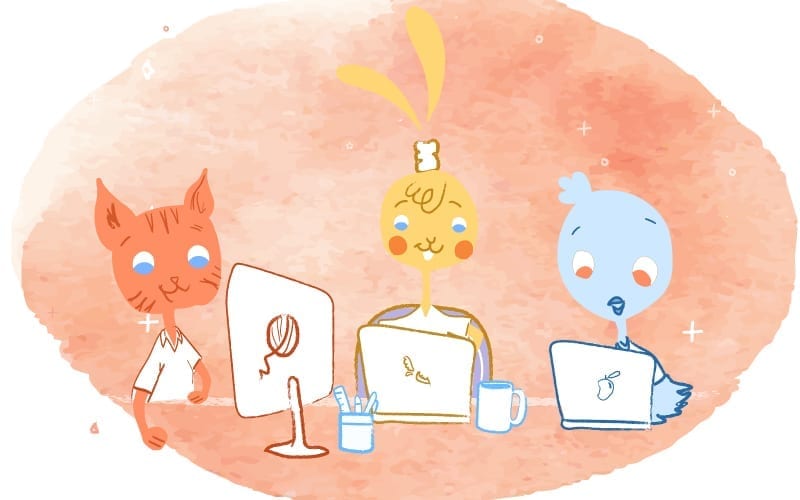

Most offices are inherently unproductive, or at least aren’t achieving their full productive potential. This isn’t the fault of any one person, nor is it immediately noticeable. In fact, many office managers and entrepreneurs believe their office is running smoothly. When in fact, many hours are being wasted on unproductive tasks. Time is your most important business resource. Acknowledging and correcting these sources of inefficiency is one of the best strategies you can use to improve your company’s bottom line.
So what are the main sources of office inefficiency, and what steps can you take to improve them?
The Sources of Office Inefficiency
Every office is different, but chances are good one or more of these sources are affecting your office’s total productivity:
In-house everything.
Most companies are, on some level, tempted to take things in-house as much as possible. The prevailing belief is that in-house is inherently better; when your full-time employees are working on the project, you have more control over the final results, and you’ll have more insight into how those projects are progressing. In many cases, this is ultimately advantageous.
However, there’s usually at least one company or independent contractor out there who can do things more efficiently than you can.
For example, trying to shred all your documents in-house can be both less secure and more costly in the long run than outsourcing those needs to a professional. The same is true for many of your departments, including marketing, advertising, and accounting. Full-time workers are expensive, and usually have access to fewer resources than outside specialists.Manual processes that could be automated.
How many tasks in your office are you still doing manually just because you haven’t bothered to update your workflow to something automated? For example, let’s say you have a lead generation system, but every time a new lead comes in, someone manually reviews it, scopes it out, and sends it to a salesperson. This is a role that could be heavily automated, or even improved with AI-based lead vetting technology. And considering there are thousands, if not millions of automation-focused tools available to modern professionals, there’s little excuse for not adopting at least some.
Physical processes that could be digital.
Similarly, if you’re still relying on physical processes instead of digital ones, you’re wasting both time and money. As a simple example, your office might be relying on printing and physically mailing invoices to your customers; for each invoice you send, you’ll spend time printing and collating, time stuffing and addressing envelopes, money on postage, and time waiting for a response. It may be a temporary pain to convert your old filing cabinets of paperwork to a digital format, but the long-term benefits will be more than worth this upfront investment. Anything involving paper needs to be updated as soon as possible.
Redundant responsibilities.
There’s a difference between being “busy” and being “productive.” Just because your employees are all working hard doesn’t mean their work is contributing equally, or substantively toward your company’s bottom-line goals. The biggest culprit here is redundancy; when two employees (often unknowingly) work on the same task, or work in a way that overlaps with one another.
For example, you might have three stages of a review process for even the most arbitrary decisions; this is more common with organizations of increasing complexity, as large organizations tend to be more bureaucratic. Enabling more autonomy, and formally separating individuals’ responsibilities can be effective in reducing the impact of this.Unbalanced workloads.
Unbalanced workloads can manifest in a few different ways. First, there’s an unbalanced workload due to sheer volume; for example, two salespeople of a similar experience level may have a large discrepancy in the number of leads they have to work through each day. There’s also the possibility of unbalance due to strengths and weaknesses; two employees may each be stuck doing something they’re inherently bad at, wasting time when they could simply swap tasks and each perform better. The best way around this is to have a system in place to gauge employee workloads on a regular basis—and an evaluation system that helps you get a better feel for individual strengths and weaknesses.
Distractions in the Office
Distraction can take many forms as well. It could be a noise level in the office that makes it hard for employees to concentrate. Could be the ongoing pings of new messages from your multiple chat systems. It could also be the allure of social media and time-wasting websites.


Allowing employees to work from home can, oddly enough, result in fewer productivity-ending distractions, since you’ll give employees more control over their environments; it can also inspire employees to work harder, so they can prove that they’re more productive working from home (and keep those privileges indefinitely). You can also reduce distractions by allowing employees to turn off notifications, at least for part of the day.Unstructured meetings (and communication).
Unstructured meetings and other forms of group communication are a massive waste of time. In a group setting, every minute wasted is instantly multiplied by the number of people in attendance. In other words, a 1-hour unproductive meeting attended by 12 people results in a net loss of 12 hours of time.
Meetings can be derailed in a number of different ways, but those derailings are usually a direct or indirect result of lack of planning. Setting the meeting agenda in advance, choosing the right people to attend, and appointing a clear meeting leader can all help you.Individual time management.
For a productive office to run efficiently, every individual employee needs to be focused on their time management skills. Unfortunately, this typically doesn’t happen naturally. People are prone to improvise their schedules as they push through the workday, not paying attention to the amount of time they spend on any one task. You can make a difference here by making employees more aware of how they’re spending their time (such as with a time tracking tool), or by conducting workshops to help employees master their time management strategies. It also helps to have a role model in the office who excels at personal time management.
Environmental factors.
Office productivity is indirectly shaped by dozens of independent environmental factors. For example, offices with more windows tend to be more productive than closed environments. The presence of plants, artwork, and appropriate lighting can all help employees concentrate and help office inefficiency diminish.
Subtle touches, like low-volume background music or a sweet aroma in the air, can also help employees be more productive, and the temperature and air quality should be carefully controlled to help induce the best performance from your team. None of these environmental factors requires much time, money, or effort to improve, but together, they could have a substantial impact on your team’s effectiveness.Inefficient tools.
How old are the computers your team members are using? Are they making use of the latest and greatest apps, or technology that’s been available since the 1990s? You don’t need to upgrade all your apps and gadgets every year, but do consider giving your tech a facelift.
New devices can run multiple times faster than their older contemporaries, and won’t cost much if you buy refurbished models and/or sell your used equipment to fund the purchase.
Plus, your employees will likely be happier using newer, more efficient equipment, which leads to a boost in morale (and therefore, productivity).Leadership issues.
Speaking of morale, it can take a massive hit or be considerably boosted depending on the quality and nature of your leadership. There isn’t a single leadership style that works for every individual, or even every office. There are some hallmarks of “bad” leadership that can harm your employees’ productivity. For example, toxic or belittling behaviors can destroy employee morale, as can micromanagement. Audit your leaders regularly, and seek honest feedback from your employees so you can make improvements to your approach.
Different work styles.
Every individual is going to have a different work style, and every office is going to have a slightly different culture. That’s okay, and you don’t have to polish your office’s environment and approach until it looks like every other office in existence.
However, there’s a danger in becoming complacent with the way your office runs, and it’s the single biggest killer of office productivity.
When you stop looking for inefficiencies and you become accepting of bad habits, you stop improving. When you stop improving, your productivity becomes capped. The only fix here is to commit to ongoing improvements. Understand that your office environment will never be perfect. Next, understand that you’ll need to keep experimenting consistently if you want to strive for a more productive landscape.
One Improvement at a Time
You can’t take an office from unproductive to productive overnight, nor can any single change result in a massive improvement in your team’s overall effectiveness. Don’t adopt that black-and-white thinking, and don’t get impatient. Instead, focus on making one small improvement over time, updating your policies and processes as you gather more data about how your employees work.
Iteratively, your office will become a well-oiled machine—and your employees will be both more productive and happier.











Max Palmer
I'm Max, and I love helping businesses we work with expand their businesses online. Growth potential is what we strive for! I help with press, productivity and overall business needs for business owners.